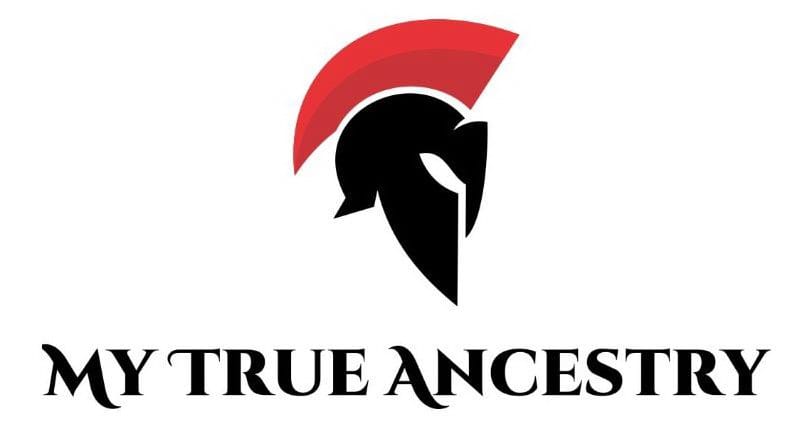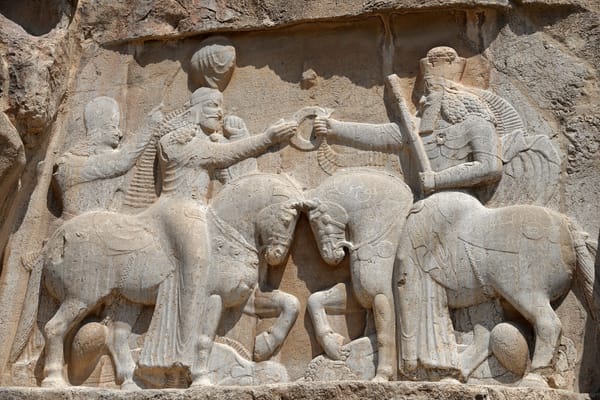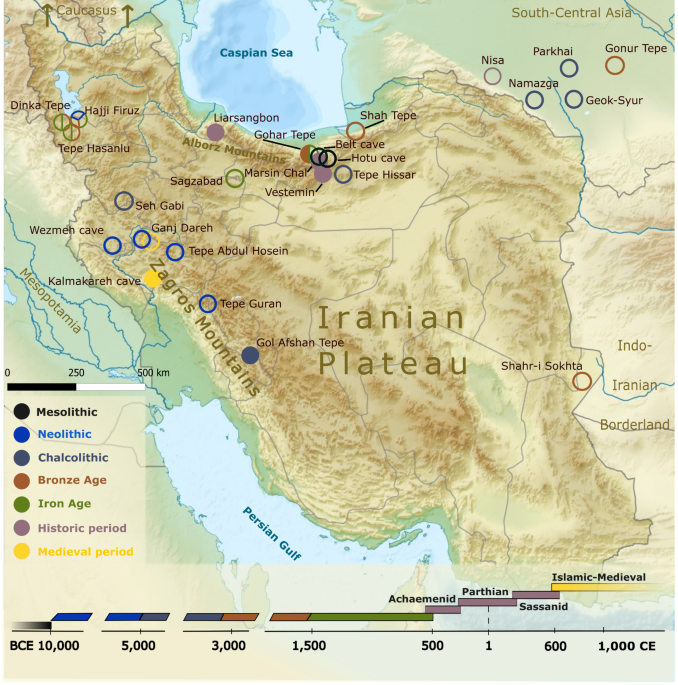3,000 Years of Genetic Continuity on the Northern Iranian Plateau: From the Copper Age to the Sassanid Empire





The Northern Iranian Plateau, a bridge between prehistory and history, has been home to over 3,000 years of genetic continuity, stretching from the Copper Age all the way to the prestigious Sassanid Empire. This layered timeline unveils itself within a series of captivating archaeological sites, each housing the secrets of ancient peoples.
Situated on the frigid fringes of Isfahan, the Gol-Afshan Tepe site unravels its past through a patchwork of remnants from the Bakun Period (5000-4000 BCE). Here, the careful excavation of Trench E has revealed a deformed skull of a young male, an entrancing testament to the cranial modification customs of the time. This skull, centered on the archaeologist's brush, whispers stories of long-lost societal practices, offering a skull-shaped window into a realm lost to history.
Located in the Ghabr-e Keykha plain of the Semirom County, Gol-Afshan Tepe has unveiled remarkable artifacts, including a deformed skull known as IRN24. This cranium, dated to 4690-4360 cal BCE, was discovered in trench stratigraphy linked to the early social complexities of ancient Iran. The discovery provides a vivid snapshot of life during the transition from simple Neolithic settlements to the more intricate societies of the Chalcolithic era.
Further southeast, in the realm of Shahr-i Sokhta, sits a vast necropolis that cradles more than 40,000 graves. These graves, rich in the artefacts of daily and ceremonial life, depict a lively trade and cultural exchange across the lands. Here lay skeletons adorned with bronze and bone treasures, the most monumental of these finds being those of polished stamp seals, found exclusively in female graves—a nod to the ancient matriarchs who ruled the social landscape.
Dubbed the "Burnt City," Shahr-i Sokhta became an urban staple in Western Asia during the Late Chalcolithic to Early Bronze Age (3rd millennium BCE). The necropolis spans 25 hectares, housing over 40,000 graves enriched with pottery, bronze artifacts, and evidence of elite-class catacomb graves. Its strategic location helped forge connections with Pakistan, Turkmenistan, and ancient Kerman, reflecting a bustling cultural and commercial hub.
Explore your own link to ancient Iran: visit MyTrueAncestry and upload your DNA to begin.
Within the lush green landscapes of Mazandaran, Gohar Tepe exudes a charm from the Bronze to Iron Age, accommodating both the living and the dead. In these burial pits, some containing artifacts of bronze and pottery, archaeologists have unearthed skeletal remains buried alongside personal treasures, revealing secrets of ancient hierarchical societies that once walked these lands.
Situated in Mazandaran Province, Gohar Tepe's historical layers unearthed burials with a diverse array of grave goods. Iron Age skeletons here were often accompanied by decorated ceramics and ornate metal items indicating trade and cultural richness. The fusion of burial goods across different archaeological layers narrates the story of a society rich in intercultural engagement and artistic flourish.
In Ilam Province, the Cham Papi Cemetery hides the bones of bygone generations. The environmental effects on the skeletal remains, coupled with remnants of human and organizational life, sketch the daily rituals and styles of existence simplified in the layout of these rock-hewn tombs.
Nestled on a geological outcrop beside the Rue River, Cham Papi Cemetery reveals Middle Bronze Age traditions of burial and remembrance. Here, along with human remains, archaeologists found bowls and pins accompanying the deceased, some containing food offerings such as wild pistachios and lentils. These items illuminate ancient Persian customs regarding the afterlife and show how these people honored their dead through ritualistic offerings.
With its discovery fraught with mystery, the Kalmakareh Cave in Lorestan becomes a capsule of surprises, concealing inscribed treasures hinting at lost lineages, and three jesters of fortune: teenagers from the medieval era, entombed in solitude, guarding artifacts of bygone glories.
Kalmakareh Cave, known for its treasure trove discovered in 1989, holds intriguing historical narratives of the Elamite civilization from the 7th century BCE. Inscriptions on the artefacts link them to the rulers of Samaturra, an independent government of that era. The unique blend of inscriptions — some in Late Elamite and others in Indo-Iranian languages — offers insights into the melding of cultures and trades in ancient Lorestan.
In Khuzestan stands the tomb of Jubaji, housing two remarkable bronze coffins designed like bathtubs—unparalleled relics scored with dazzling motifs and inscribed in Elamite script, revealing cryptic tales of two Elamite princesses.
The Jubaji site stunned archaeologists with the discovery of two Elamite princesses, buried in bronze coffins within a tomb alongside an ornate trove of metallic artifacts from the royal Shutur-Nahunte family. Artefacts like gold jewelry and utensils bear witness to a rich legacy, reflective of an era where art and royalty intertwinely ruled the landscape.
Steeped in Achaemenid and Parthian history, Marsin-Chal's graves speak of a warrior society. The skeletal remains were often adorned with weapons and jewelry, hinting at martial and social stratification. Such findings highlight the site's significance and its role in understanding regional dynamics during these grand historical periods.
Liār-Sang-Bon in Gilan Province boasts over 130 different burial types. Various grave goods, from ceramics to personal ornaments, showcase a refined material culture during the Parthian era. Studies indicate a dynamic cultural interaction, with materials reflecting influences far beyond the immediate region, painting a picture of a well-connected society.
Notably, Vestemin's horse burials from the Parthian era suggest a deep-seated martial culture among the early Iranian cavalry. Whether as noble riders or inspired community members, the buried individuals hint at strategic military significance during the Parthian dynasty.
Each site, from Marsin-Chal's pit graves scattered with bronze jewelry to Liār-Sang-Bon's vividly painted catacombs, echoes a narrative of an unbroken genetic lineage. These archaeological caches collectively speak a language interwoven with strands of historical genetic continuity, threading the Copper Age, the splendorous eras of the Achaemenid, and eventually melding into the cultural dominance of the Parthian strength.
Current genetic studies link modern Iranian populations with their ancient ancestors, reinforcing a narrative of continuity and stability across millennia. Mitochondrial DNA analyses suggest a continuation of maternal lineages, while Y-DNA results from Northern Iran point to significant Neolithic influences, symbolizing enduring human connections through the ages.
Here lie not mere mortals interred in their soil but vibrant displays of cultural dynamism, captured in the genetic traces that still linger in the seeds of modern Iranian DNA—a testament to a civilization that, through time, lives on.

Comments